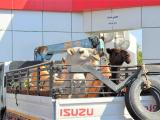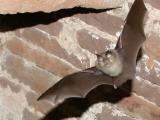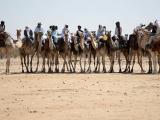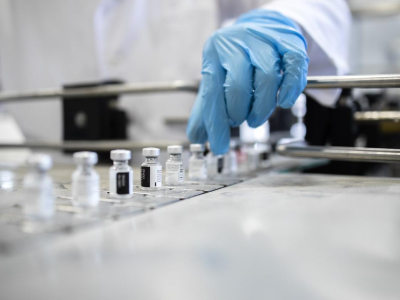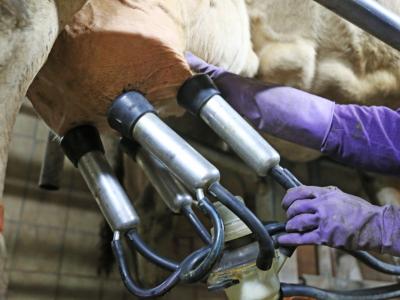In the latest MERS-CoV developments, health officials in Saudi Arabia reported three more MERS-CoV cases over the past few days, all in men from Riyadh who didn't appear to have contact with camels, and Oman reported its second infection of 2017.
Elsewhere, researchers from Israel said surveillance suggests the country's camels have likely been exposed to the virus in the past, but tests suggest no current circulation.
Primary exposure in Saudi cases
Yesterday, the Saudi Ministry of Health (MOH) reported two of the cases, both involving Saudi men ages 65 and 64. They have symptomatic illnesses and are listed in stable condition. Investigations into the source of their infections revealed that the men had primary exposure, meaning they probably didn't contract MERS-CoV (Middle East respiratory syndrome coronavirus) from another person.
Today the MOH reported another illness in Riyadh, involving a 49-year-old Saudi man who also had symptoms and is listed in stable condition. The source of his illness was likewise found to be primary exposure. None of the three men is a healthcare worker.
Officials also reported that a previously announced patient has died, a 49-year-old Saudi man from Unayzah whom the MOH on Oct 31 said was in critical condition. According to the earlier report, he had indirect contact with camels. In today's report, the MOH said the man had an underlying health condition.
The new developments lift Saudi Arabia's total from the disease to 1,742 cases, 704 of them fatal. Nine people are still being treated for their infections.
Oman case involves man in his 20s
Elsewhere, Oman's health ministry recently reported the country's second MERS-CoV case of the year. In a Nov 2 statement it said the patient is a man in his twenties who is currently in stable condition at a referral hospital. The report didn't say where the man was from or how he may have been exposed to the virus.
Officials urged all referral hospitals to be ready to identify MERS cases through their surveillance systems and to manage the cases. The MOH added that it is collaborating with authorities to carry out the needed response steps.
Oman's other case this year was announced by the World Health Organization on Sep 12. It involved a 54-year-old man from Al Batinah region who had underlying health condition, wasn't a health worker, and had no contact with camels. Since 2012, Oman has reported 10 cases.
MERS-CoV exposure in Israeli camels
Scientists from Israel's Kimron Veterinary Institute said tests on the country's dromedary camels during 2015 and 2016 showed that some had MERS-CoV antibodies, hinting at exposure to the virus, but analysis of nasal swabs found no evidence of the virus, suggesting no active circulation.
Dan David and Yevgeny Khinich detailed the findings in response to a moderator query on a recent post from ProMED Mail on recent camel studies. ProMED Mail is the online reporting system of the International Society for Infectious Diseases.
The two said the camel sampling was done in Israel's Negev region and that 477 nasal swabs were collected. Negev region is in southern Israel and borders Egypt and Jordan and is close to northeastern Saudi Arabia.
The ProMED moderators said the findings in Israel's indigenous dromedary camels isn't surprising, given its geographic location. Considering possible contact between local camel populations and those from neighboring countries, active surveillance—especially involving nasal swabs from young animals—should be continued and intensified, they said.
See also:
Nov 5 Saudi MOH update
Nov 6 Saudi MOH update
Nov 2 Omani MOH statement
Nov 5 ProMED Mail post



